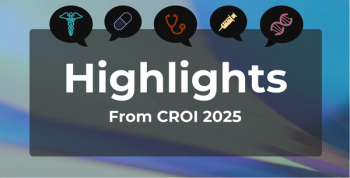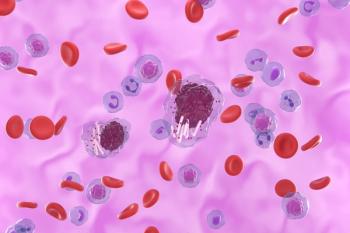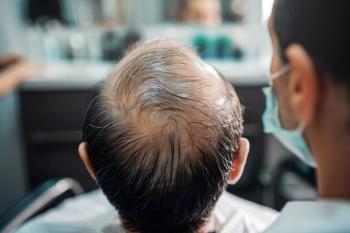
Low BSA in Psoriasis May Still Mean High Disease Burden
Key Takeaways
- Psoriasis patients with low BSA involvement can experience significant disease burden, similar to those with higher BSA involvement.
- Substantial overlap in PROs across BSA categories suggests biologic treatments are appropriate for patients with high disease burden, regardless of BSA.
Patients with low psoriasis body surface area (BSA) can have similar quality of life impacts and symptom burdens as those with higher BSA, a new study finds.
Although
The findings from the retrospective analysis are published in
“Overall, characterization of PRO [patient-reported outcome] measures across the BSA spectrum showed that the burden of psoriasis was similar in patients with low, medium, and high BSA involvement at the time of initiating biologic therapy, suggesting that treatment decisions are being made to use biologics in appropriate patients with low BSA involvement,” wrote the researchers of the study.
Psoriasis imposes a significant psychosocial burden that often outweighs its physical symptoms, contributing to high rates of depression, anxiety, and social isolation—even in patients with limited skin involvement.2 Stigma from visible lesions, diminished self-esteem, and reduced quality of life underscore the need for holistic, patient-centered care that addresses both the physical and emotional effects of the disease.
The researchers used data from the CorEvitas Psoriasis Registry to evaluate patient-reported outcomes among systemic treatment–naïve individuals with varying degrees of psoriasis severity who initiated biologic therapy between April 2015 and September 2023.1 Patients were stratified by BSA involvement into 3 groups: low (< 3%), medium (3%-10%), and high (> 10%). Key measures assessed at the time of biologic initiation included health-related quality of life, itch, pain, fatigue, presence of psoriatic arthritis, psoriasis disease characteristics, and medical history.
Among 1640 patients who initiated biologic therapy, 7.0% had low BSA involvement, 46.9% had medium BSA, and 46.2% had high BSA. Despite these differences in skin involvement, PROs showed substantial overlap across BSA categories.
Overlap statistics for high vs medium BSA groups ranged from 0.52 to 0.59, suggesting similar levels of disease burden. Comparisons between low and high BSA groups yielded overlap values from 0.60 to 0.70, indicating that patients with low BSA could still experience significant symptom burden and impaired quality of life. Additionally, near-complete overlap (0.44-0.58) was observed for psoriasis disease characteristics and medical history, further underscoring the potential disconnect between visible skin involvement and the true burden of disease.
However, the researchers noted several study limitations. First, due to registry inclusion criteria, patients could have initiated or switched biologic therapy up to 12 months before enrollment. Additionally, the relatively small sample size in the low BSA group reduced statistical power and widened confidence intervals in comparisons involving the low BSA cohort. This smaller sample size may also have reflected prescribing patterns, with dermatologists more likely to initiate biologics in patients with low BSA only when other indicators of severe disease are present. Furthermore, a higher prevalence of psoriatic arthritis in the low BSA group may have confounded results for some PROs, such as fatigue.
Despite these limitations, the researchers believe the study reveals overlapping levels of pain, itch, fatigue, and impaired quality of life across low, medium, and high BSA categories.
“These outcomes support the use of biologics as appropriate treatments for patients with high disease burden, regardless of BSA involvement,” wrote the researchers.
References
1. Armstrong AW, Feldman SR, Fitzgerald T, et al. Patient-reported outcomes by baseline body surface area involvement among individuals initiating biologic therapy: results from the CorEvitas Psoriasis Registry. Dermatol Ther (Heidelb). Published online June 11, 2025. doi: 10.1007/s13555-025-01456-5
2. Steinzor P. Clinical severity may not correlate with psychological burden of psoriasis, study finds. AJMC®. May 7, 2025. Accessed June 12, 2025.
Newsletter
Stay ahead of policy, cost, and value—subscribe to AJMC for expert insights at the intersection of clinical care and health economics.









































